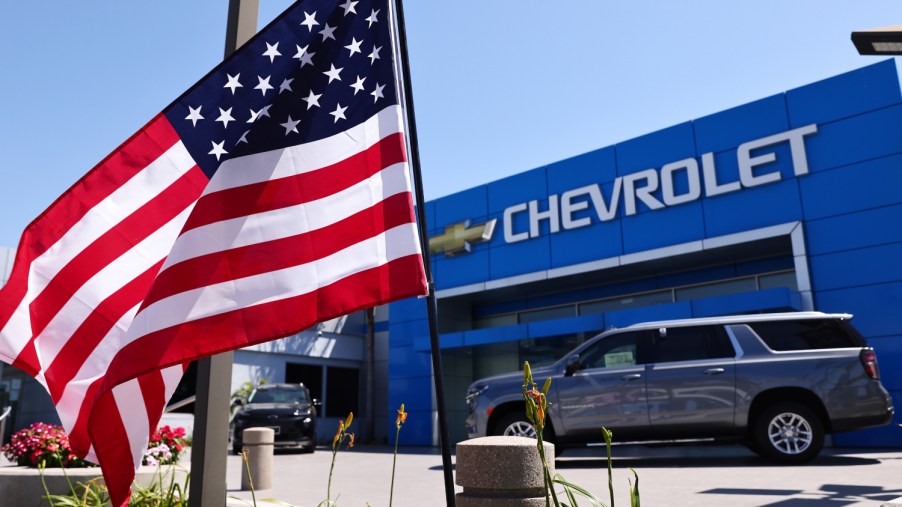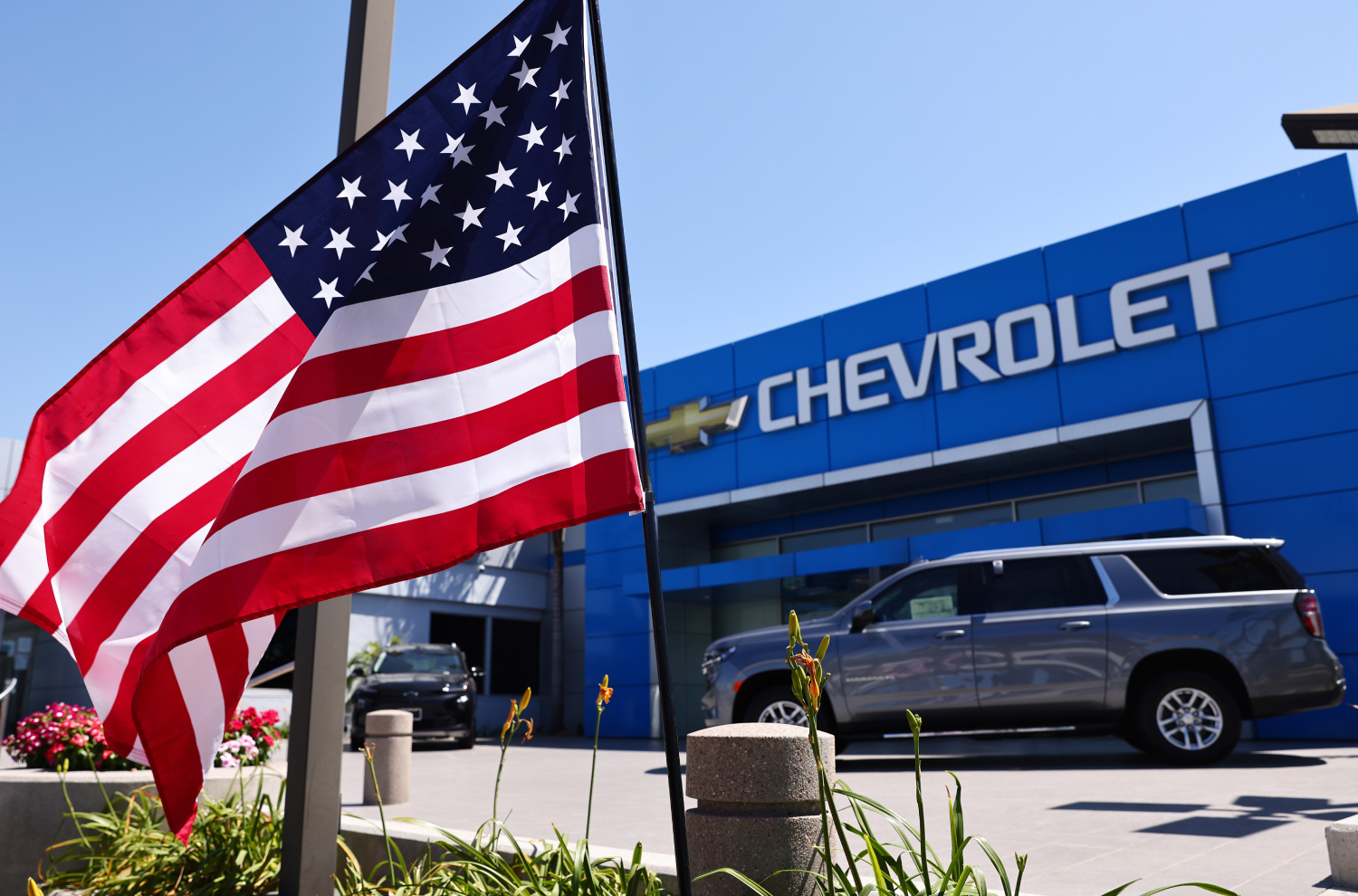
The Fascinating History of How General Motors’ Came to Own Chevrolet
General Motors, known as GM, took ownership of the Chevrolet brand in 1918. Below is the condensed version of this piece of automotive history, consisting of many stocks, cars, and a bit of tomfoolery. Without further adieu, here is the history of General Motors, the history of Chevrolet, and how one came to own the other.
Why did General Motors buy Chevrolet?

William Crapo Durant (sometimes called Billy Durant) founded General Motors (GM) back in the early 1900s when he took control of what was Buick Motor Company at the time. According to the History Channel and Automotive News, Durant took Buick and turned it into GM on September 16, 1908. Two years later, General Motors was pumping out Oldsmobile, Cadillac, and Oakland vehicles. At the same time, GM was struggling financially, which stockholders blamed on this quick expansion two years earlier. Durant was forced out, and the rest is history.
After being removed from GM, a company he founded, Durant decided to start Chevrolet Motor Company in November 1911. As any savvy businessman would, Durant still had a bunch of stock in GM. As Chevrolet continued to succeed, he hoped to buy enough stock to regain control of the company he was ousted from. He offered stockholders of GM five shares of Chevy stock for every one share of GM stock.
Eventually, General Motors took a backseat to Wall Street
General Motors’ stock prices were very high then, but people knew Chevrolet was on the way up. Durant’s five-to-one offer was irresistible, and he retook control of GM in May 1918. As all good stories go, that wasn’t the end of that situation.
GM prospered and grew under his leadership for a while. It seemed Durant had taken an interest in the stock market, and this started to take much of his focus. His focus on General Motors and the automotive industry took a back seat to Wall Street, and the business began to falter under his care.
Two years later, General Motors once again pushed Durant out. Pierre S. DuPont had started investing in GM stock back in 2014. By this time, he had taken on the position of chairman of the board of GM. Durant was still fiddling around with the stock market. In 1920, DuPont became president and struck up a deal with Durant. DuPont would pay Durant’s debt, and in exchange, he once again left General Motors.
That wasn’t the end of Durant’s time in the automotive industry. He founded Durant Motors in 1921 and produced a few cars over the next decade. That ended in the early 1930s when the Great Depression took over. He pivoted to bowling alleys but didn’t find much success there either. Durant died in 1947 at the age of 85, just weeks from the death of Henry Ford.
Chevrolet managed to make it through with new leadership
The Chevrolet brand did alright while Durant was leading the way. It produced popular cars buyers seemed to want, but sales never recovered after he left. In 1919, Chevrolet was second in sales and only behind Ford. By 1921, Chevrolet had lost $8.7 million and had 150,000 units of its popular Chevrolet Series 490 left unsold.
It seemed the brand was dead, regardless of its popular models. That is, until Alfred Sloan, an adviser for DuPont, brought on someone named William S. Knudsen. Knudsen was previously a production manager at Ford Motor Co and soon dropped the 490 from the lineup. He made some quick and smart moves that carried Chevrolet through some tough years, and the company never looked back.
Chevrolet and Ford have been locked in a battle ever since, but General Motors still owns Chevrolet, Buick, Cadillac, and GMC to this day.



